Understanding the rules of a tennis match reveals that it is not merely a contest of stamina and technique but also a battle of minds and spirits. For investors, tennis teaches us to focus on long-term goals, avoid dwelling on mistakes, and avoid making wrong decisions during emotional fluctuations. These principles are applicable not only to tennis but also to investing, and to the whole life.
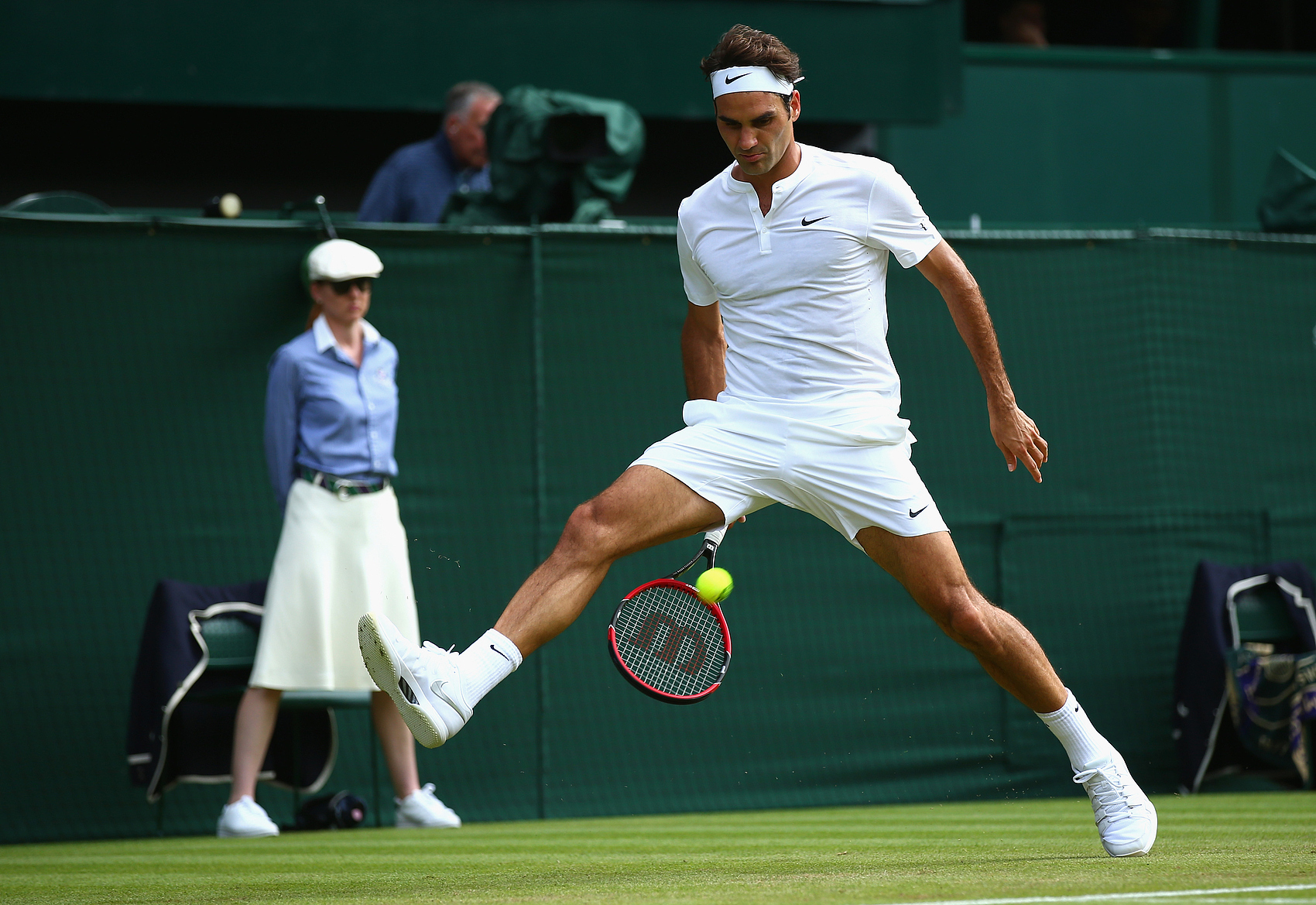
Lessons from Roger Federer's 54% point-winning rate
Roger Federer, one of the greatest tennis players of all time, has won 20 Grand Slam titles and held the world number one ranking for a total of 310 weeks. In June 2024, Federer delivered an insightful speech at Dartmouth College:
"In tennis, perfection is impossible. In the 1,526 singles matches I played in my career, I won almost 80% of those matches. Now, I have a question for you. What percentage of points do you think I won in those matches? Only 54%. In other words, even top-ranked tennis players win barely more than half of the points they play."
"When you lose every second point on average, you learn not to dwell on every shot. You teach yourself to think, 'It's only a point.' "
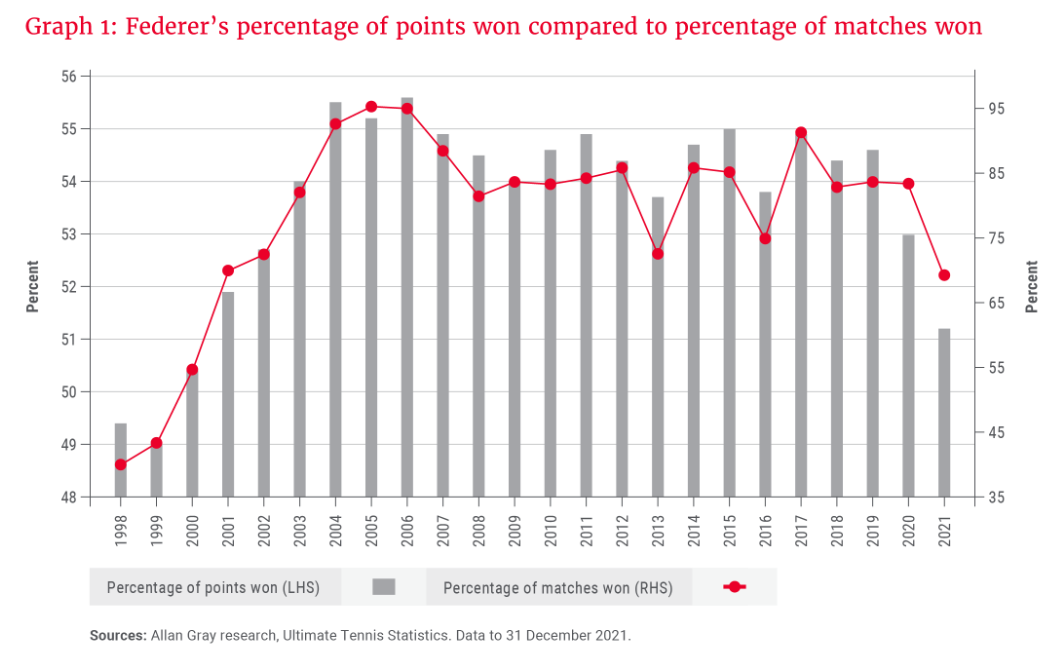
Though Federer won almost 80% of the matches, but he only won 54% of the point in those matches. The top 50 male tennis players exhibited a similar pattern, based on the data from 1998 to 2021. The top two groups of players scored only 1%-3% points higher than the bottom two groups, but their match-winning percentages were significantly higher by 10%-30%.
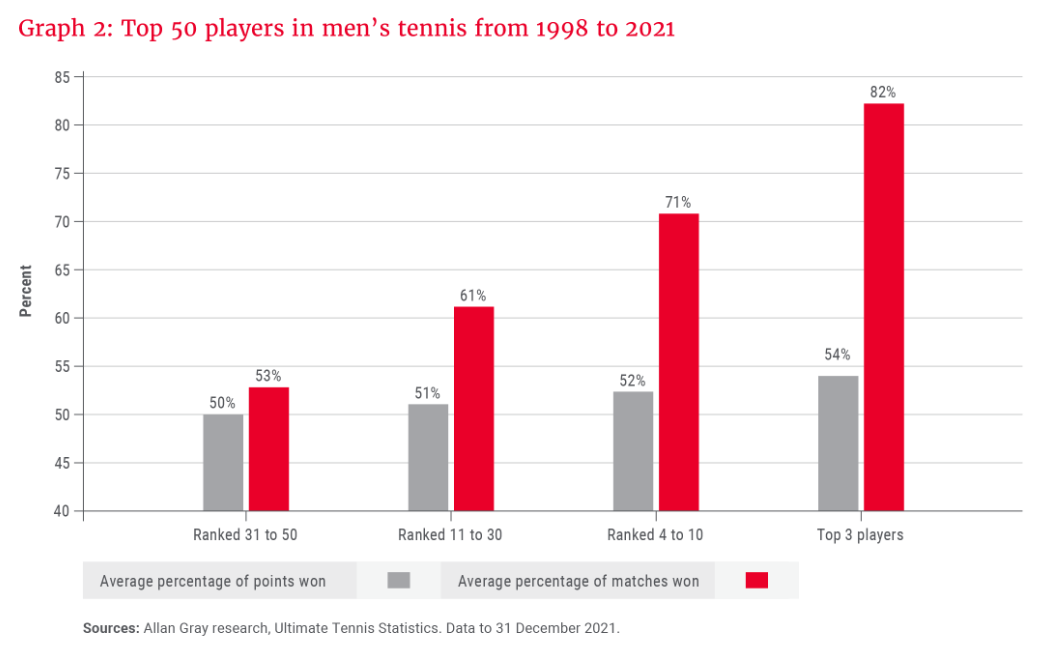
The same applies to investment. There are roughly 250 trading days in a year, and the goal for investor is not to profit on every single day but to achieve long-term returns. The stock market is highly volatile in the short term but has a high success rate over the long term. Over the past nearly 100 years, the S&P 500 index has shown single-day positive or flat returns around 54% of the time, similar to Federer's point-winning rate. Interestingly, the average decline on down days is slightly larger than the average gain on up days.
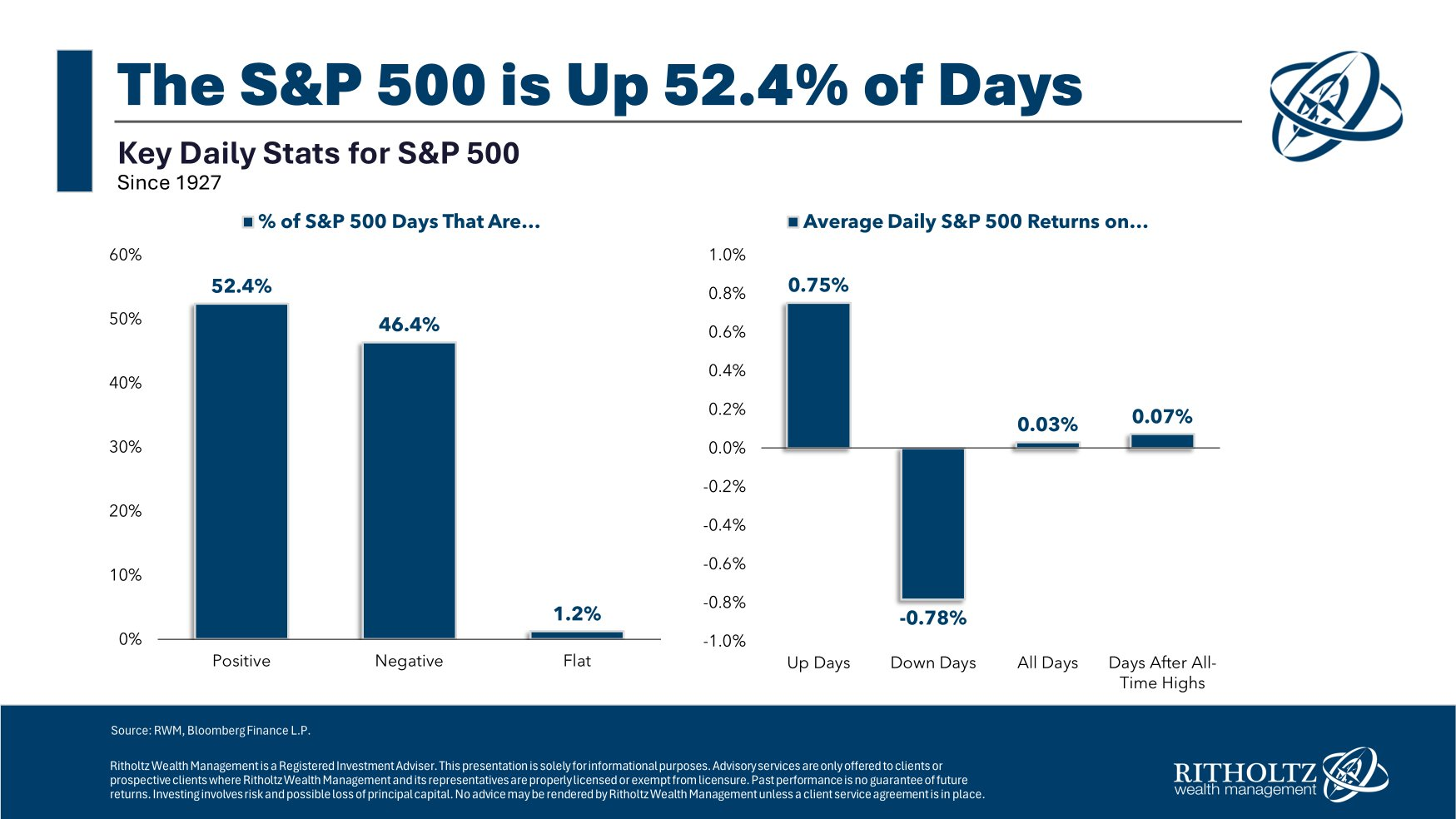
Despite this, the S&P 500 index demonstrates impressive compounded returns over the long term. Ignoring daily fluctuations, the compounded gains remain substantial. The longer the investment horizon, the higher the success rate. Since 1950, the success rate for holding the S&P 500 is only 54% on a daily basis and 64% on a monthly basis, but for holding it for over 6 years, the success rate is over 98%.
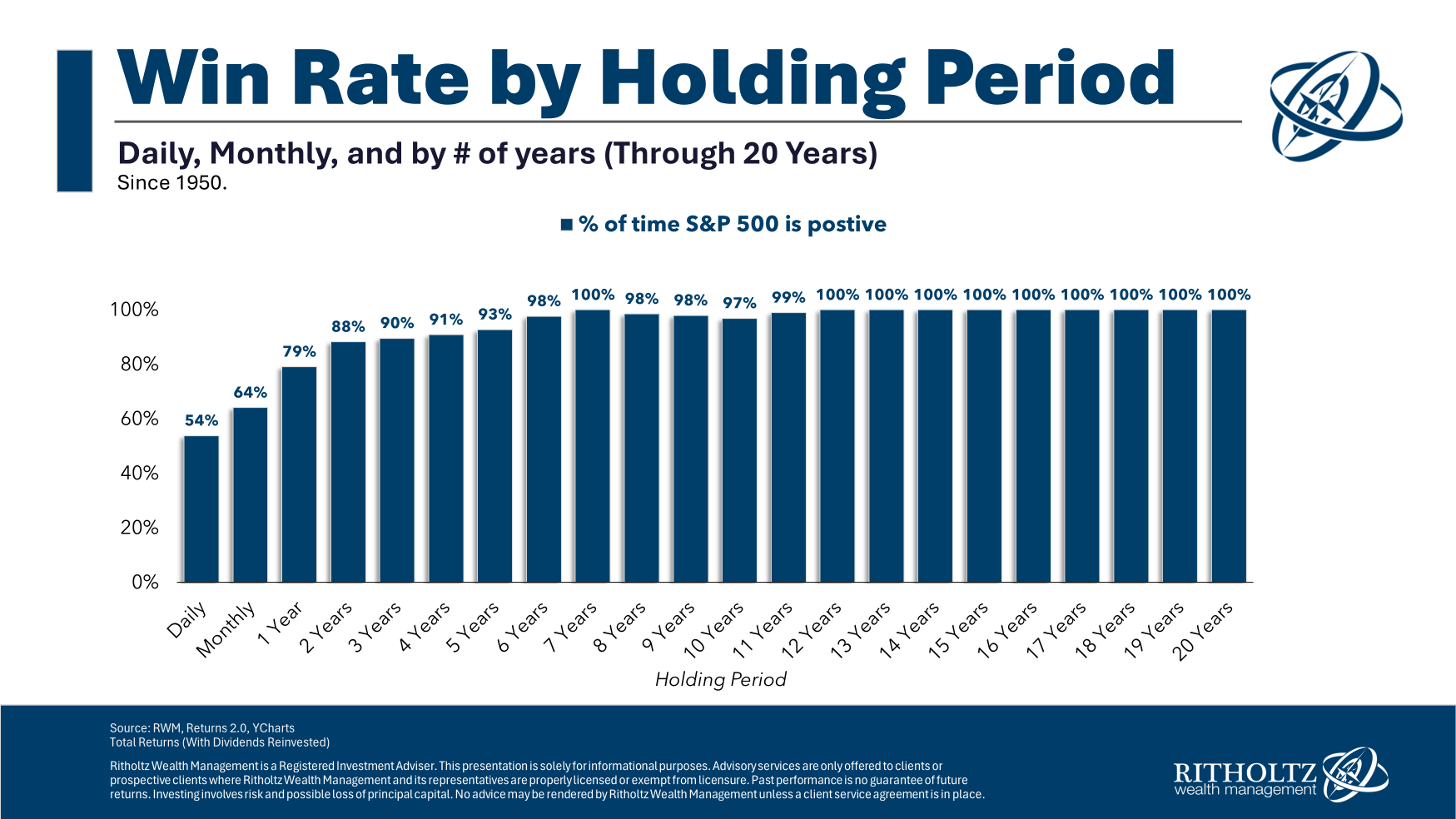
The power of long-term thinking
Federer exemplifies long-termism: his playing style is smooth and efficient, avoiding excessive physical strain; he peaks during the most crucial Grand Slam events, even if he faces some losses in earlier tournaments. Sometimes, he takes higher risks in smaller events to practice new tactics for long-term benefits.
Investment guru Benjamin Graham once said, "In the short run, the market is a voting machine, but in the long run, it is a weighing machine." This means that while stock prices in the short term are unpredictable, correct analysis will ultimately yield its due value in the long term. Ignoring daily volatility and focusing on a company's long-term prospects is more likely to result in outstanding investment returns.
In conclusion, whether in tennis or investing, the key to success lies in adhering to long-termism, not being influenced by short-term fluctuations, and focusing on the process and long-term goals.
